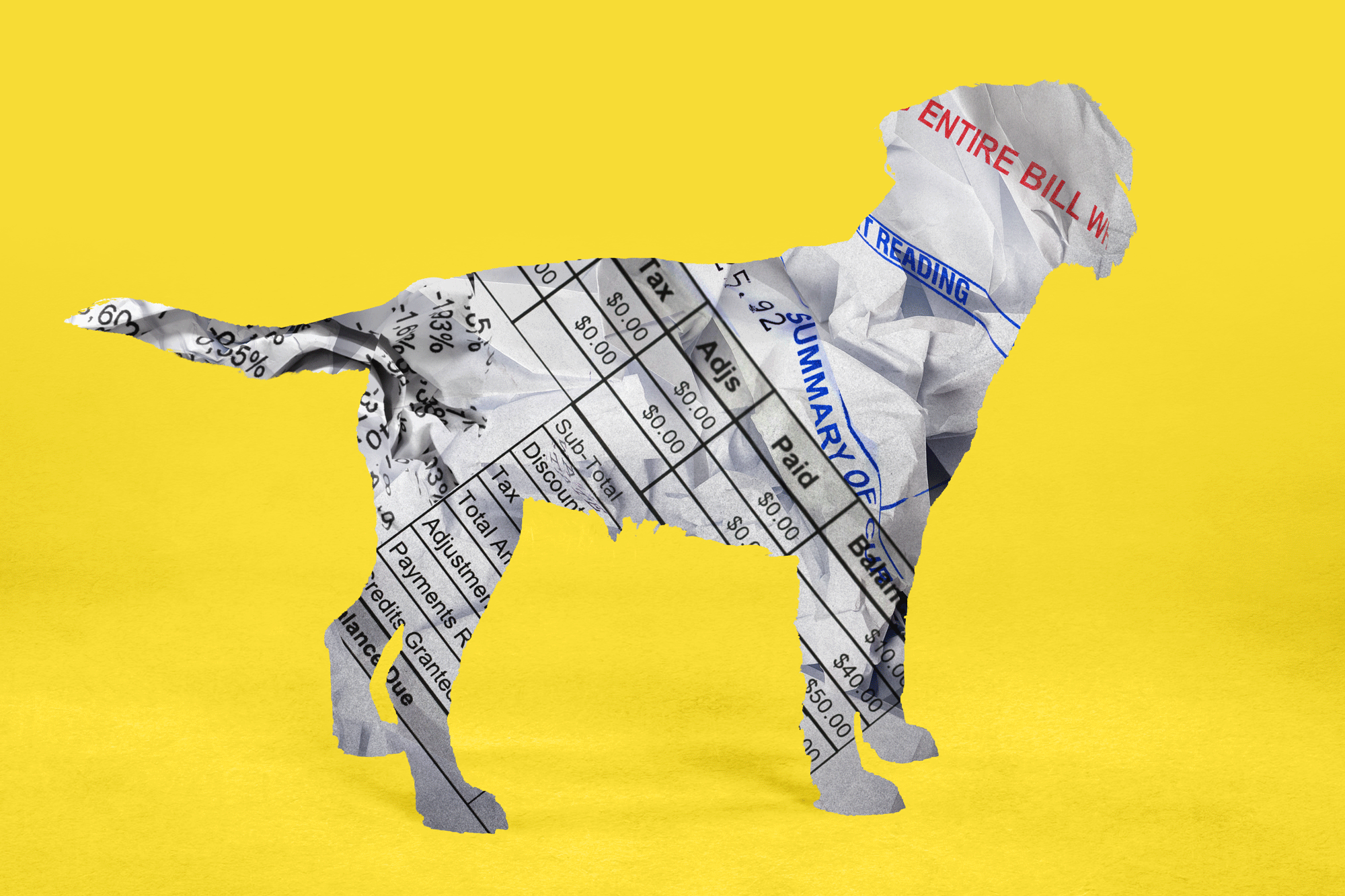Free-Market System May Cure Health Costs
- Share via
James A. Thommes’ Viewpoints article, “Universal Health Care Worth the Sacrifices” ( Feb. 17), decries the Band-Aid approach to healing our sickly three-tier system of medical care but then proposes treatments that ignore the malignant root of the problem.
Instead of a traditional two-party (buyer-seller) exchange, with each party acting freely out of benign self interest, the three-party transaction predominates involving a patient (first party); physician, hospital or other provider (second party) and insurance carrier or government body (third party).
The starting point for meaningful reform must be a reevaluation of our system of health-related tax subsidies. Tax benefits to employer and employee have made health insurance coverage the most popular employee fringe benefit, encouraged plans with lower out-of-pocket expenses--thus encouraging over-utilization--and caused substantial losses in government revenue on employee compensation paid as health benefits rather than taxable income.
Compensation paid to an employee in the form of a health insurance fringe benefit is not taxed as income and also escapes Social Security taxes.
Since the federal tax deduction for personal medical expenses requires that they exceed 7.5% of gross adjusted income before they are deductible (and 70% of taxpayers don’t itemize anyway), plans with lower deductibles and co-payments, requiring fewer out-of-pocket expenses, become even more desirable. The existence of widespread, employer-financed, tax-subsidized health insurance means that most patients (excluding the uninsured) have little interest in the cost of health care.
Any remaining semblance of a free-market system is shattered by the fact that physicians not only collect their fees from an insurance carrier or government payer based on services rendered, but generally determine which services are needed. Because physicians depend on third-party payers for the bulk of their income, they tend to favor procedures and technologies that are readily reimbursed, easily documented and costly.
Compare the fee schedule for equivalent surgical procedures of a typical surgeon to that of a veterinarian.
Veterinarians possess similar training, perform with equal surgical skill under stringent hospital conditions, using the same high-tech equipment, yet they charge a fraction of a physician’s fee. Of course, few pets and livestock carry health insurance. If doctors and hospitals treating humans had to ask each of their patients for payment, would fees plummet?
WILLIAM J. WRUCK
Rancho Cucamonga






